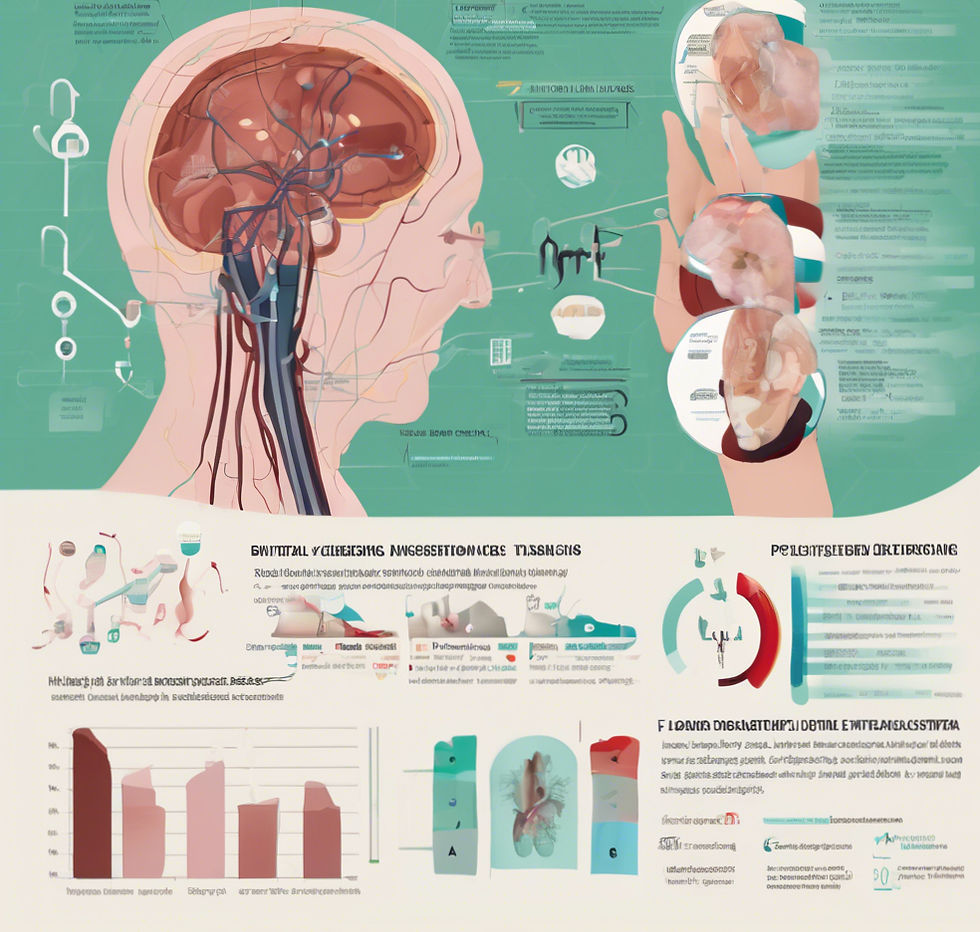Finger Tapping May Differentiate Parkinson’s From Essential Tremor
- Alex Lou
- Dec 17, 2020
- 2 min read
Essential tremor (ET) is a neurological disorder that causes involuntary and rhythmic shaking.
It is estimated that up to six per cent of the UK has essential tremor and it is eight times more common than Parkinson’s.
Yet it is one of the conditions most easily confused with Parkinson’s, especially in early stages where clinical signs are subtle.
Both disorders may share overlapping features in addition to rest and postural tremor, such as bradykinesia, rigidity, gait and balance impairment, and some non-motor signs.¹
Bradykinesia is the prerequisite for Parkinson’s; it can be evaluated by a finger tapping task in which the patient is asked to tap the index finger and thumb for around 10 to 15 seconds as quickly and widely as possible.
The PD-Monitor diagnostic device by ClearSky Medical Diagnostics utilises evolutionary algorithms to create ‘classifiers’ capable of recognising bradykinesia in Parkinson’s patients when performing finger tapping tasks.
PD-Monitor has been employed in a major study to see whether it could help differentiate early stage Parkinson’s from normality. Forty-one essential tremor patients were recruited to take part.
The study demonstrated that PD-Monitor could differentiate Parkinson’s from essential tremor without bradykinesia with high accuracy, sensitivity and specificity.
“It is crucial that people receive an accurate diagnosis early so that they can receive the appropriate treatment and support”
Essential tremor patients without bradykinesia were differentiated from Parkinson’s in the right side hands with 94.6 percent specificity and 92.4 per cent accuracy; while 90.3 per cent essential tremor without bradykinesia were differentiated from Parkinson’s in the left side hands with 85.3 per cent specificity and 86.8 per cent accuracy.
“It is crucial that people receive an accurate diagnosis early so that they can receive the appropriate treatment and support,” says Professor Stephen Smith.
“More research is needed to test the differential capability of PD-Monitor for various bradykinesia patterns of finger tapping. The spectrum of diseases could include essential tremor with bradykinesia, atypical parkinsonian syndromes, or other neurological diseases with slowness of finger movements, such as stroke or motor neuron diseases.”
¹ https://doi.org/10.1016/j.parkreldis.2015.09.032






My husband was diagnosed of Parkinsons disease 2 years ago, when he was 49. He had a stooped posture, tremors, right arm does not move and also a pulsating feeling in his body. He was placed on Senemet for 8 months and then Sifrol was introduced and replaced the Senemet, during this time span he was also diagnosed with dementia. He started having hallucinations, lost touch with reality. Suspecting it was the medication I took him off the Siferol (with the doctor’s knowledge) and started him on PD-5 natural herbal formula we ordered from AKNNI HERBAL CENTRE, his symptoms totally declined over a 3 weeks use of the AKANNI HERBAL Parkinson's disease natural herbal formula. He is now almost 51…